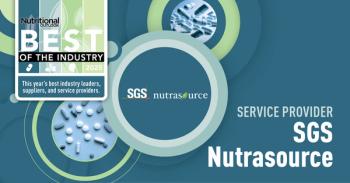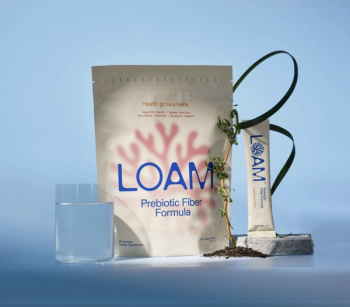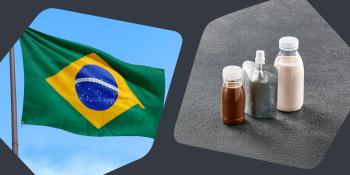
Big Gains in Astaxanthin, Algae Production Thanks to Glass Tubes
These thin-walled tubes increase the algae’s exposure to natural sunlight.
Natural-astaxanthin supplier Algatechnologies (Kibbutz Ketura, Israel) plans to boost algae production in a big way, thanks to a very specific upgrade: thin-walled glass tubes.
These thin-walled tubes increase the algae’s exposure to natural sunlight, explains Efrat Kat, the company’s director of marketing and sales. This in turn helps “facilitate a higher volume of algae per bioreactor”-specifically, a 10% efficiency boost in algae cultivation-which is part of the company’s goal to double astaxanthin production.
The glass tubes (brand name Duran) are custom-made for Algatechnologies, thanks to an R&D agreement with Schott AG, a specialty glass and ceramic manufacturer that typically serves the pharmaceutical industry. As such, this technology is unique to the company, Kat says. “Algatechnologies’ technology is unique and patented. In addition, all production parameters must be adapted to the specific algae strain, weather conditions (effective sun hours), and the design of the photobioreactors. Therefore, the tubes are tailor-made for our facilities, and it is not likely that it will have the same effect when used at another location.”
To fine-tune the glass tubes, Schott and Algatechnologies performed research for one year at the Algatechnologies production facility. Kat says Algatechnologies will use the thin-walled glass tubes in future plant expansions, replicating the technology on a broader scale. The company’s natural-astaxanthin brand is AstaPure.
The companies plan to explain their discoveries at the Algae Biomass Summit happening September 29–October 2 in San Diego, CA.
“The partnership with Schott is an additional step toward achieving our objectives of optimizing production efficiency and widens our capabilities in the development of new microalgae-based products,” stated Hagai Stadler, Algatechnologies’ CEO, in a press release.
The companies say they will continue R&D to further improve algae cultivation. A portion of Algatechnologies’ factory in the Arava Desert is now dedicated as a beta-site to test advanced glass components from Schott.
Editor-in-Chief
Nutritional Outlook magazine jennifer.grebow@ubm.com
Photo © iStockphoto.com/buccaneership
Newsletter
From ingredient science to consumer trends, get the intel you need to stay competitive in the nutrition space—subscribe now to Nutritional Outlook.





